SEDE

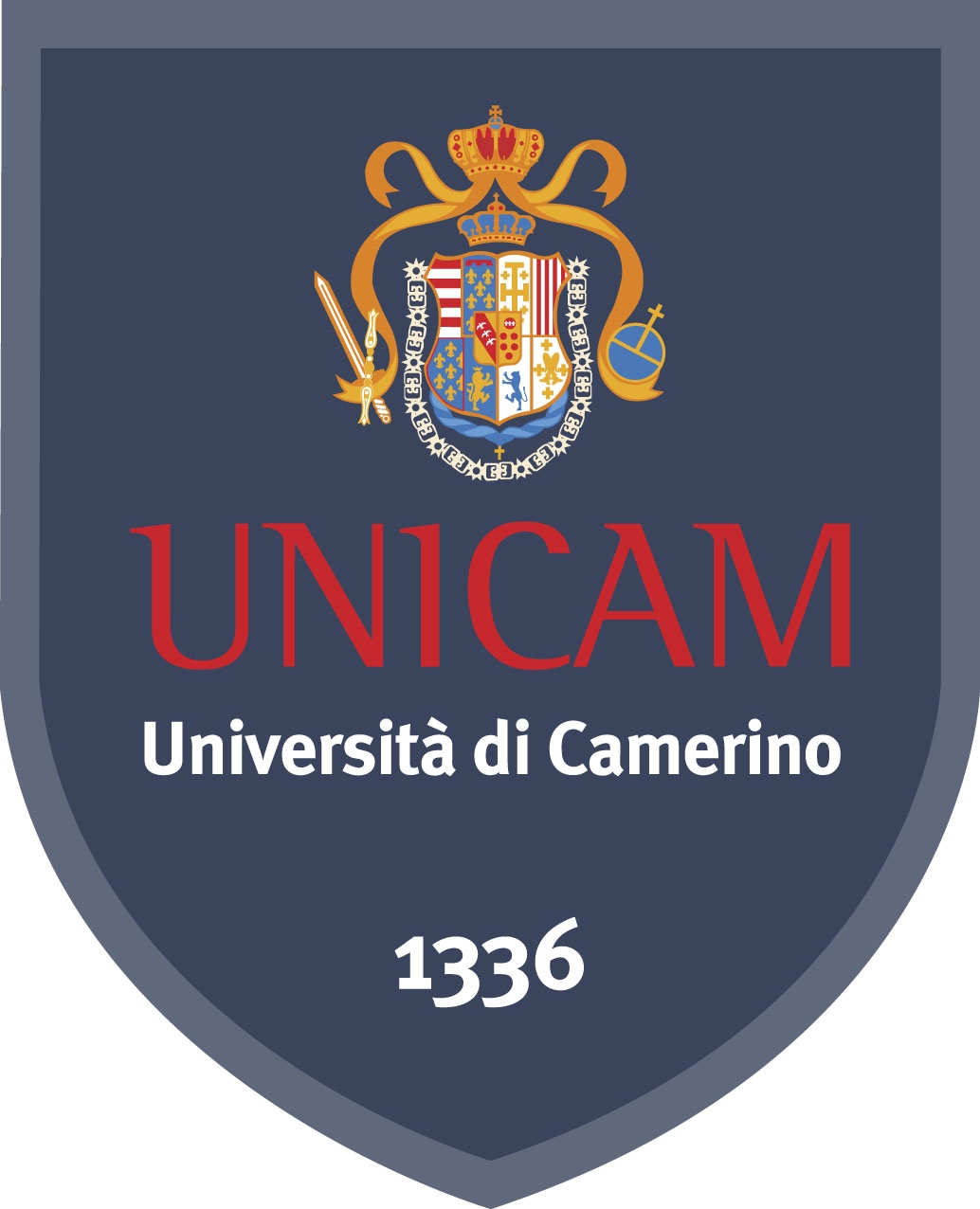

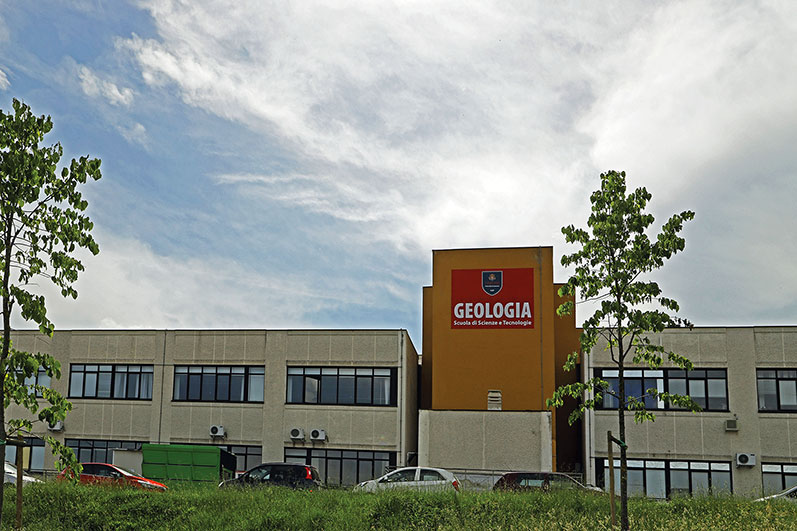
Università di Camerino Sezione di Geologia Università di Camerino
Progetti di Ricerca
TEMATICHE DI RICERCA
Le tematiche di ricerca principali della Sede sono le seguenti:
1. Miglioramento delle conoscenze relative ai processi sismogenici attivi e alla valutazione della pericolosità sismica a scala locale e regionale;
2. Individuazione e mappatura delle nuove pericolosità geologiche indotte dai cambiamenti climatici: idrogeologiche, erosione del suolo;
3. Approcci integrati per la valutazione dei rischi naturali e divulgazione/formazione, a supporto del miglioramento della resilienza rurale e urbana;
4. Contributo alla redazione dei Piani di Protezione Civile e contributo tecnico scientifico a supporto delle scelte di Protezione Civile.
PROGETTI DI RICERCA
2020-2022
Novel approach for time-dependent seismic hazard analysis and earthquake damage scenarios - Nohard
Principal Investigator: Emanuele Tondi
Research Unit Leaders: Miller Zambrano, Emanuele Tondi, Marco Materazzi, Andrea Dall’Asta
The present project proposes an innovative, integrated, multidisciplinary study aimed at defining an innovative timedependent seismic hazard assessment protocol, fundamental for the implementation of advanced and integrated strategy on seismic risk reduction and disaster management. This can lead to define structural design rules to ensure target safety levels considering time-dependent hazard models for short- and long-term time scales. The multidisciplinary approach includes three work packages (WPs): the first two WPs focus on defining the 3D geological/geophysical models and a new time-dependent seismic hazard assessment, whereas the third WP aims at the seismic risk evaluation.The main results will be used to develop new advanced time-dependent seismic risk protocols and hence to propose new structural design rules for time-dependent seismic hazard through sensitivity analysis and comparison of the most important parameters controlling both time dependent and time independent hazard models.The selected area for this study is located in the northern portion of Marche Region (Italy), along the Central Apennines, characterized by an intense historical seismicity which includes the Fabriano 1741 (Mw =6.2), Cagli 1781 (Mw 6.4) and Camerino 1799 (Mw =6.2) earthquakes, and most recently the recent seismic sequence started in 2016 (Amatrice, Visso, Norcia earthquakes, Mw max =6.5).
“FAR - Progetti di ricerca di Ateneo – Budget 77.897 Euro”
2018-2021
NOVEL APPROACHES IN EARTHQUAKES SCIENCE; FROM THE FIELD OBSERVATIONS TO THE MODELLING OF THE RESULTS
Crustal faults are complex natural systems whose mechanical properties evolve over time thus the understanding of the multi-scale, physical/chemical processes responsible for earthquakes and faulting requires considering phenomena that intersect different research fields, modelled with innovative techniques.
We support projects grounded on small- to large-scale seismically active fault systems, focussed on the understanding of the role of the most different parameters, in the earthquakes preparatory phase and deformation processes.
2018-2021
NEW APPROACH FOR SEISMIC HAZARD ANALYSIS AND EARTHQUAKE DAMAGE SCENARIOS
The definition of a new generation of time-dependent and deterministic seismic hazard evaluation procedures has the ambitious outcome of developing tools for predicting the time-space seismic sequences evolution, and the related ground-motion level, useful for the implementation of advanced integrated strategy for seismic risk reduction and disaster planning.
We support project that integrate the simulation of complex earthquake source and wave radiation processes with the aim to get reliable predictions of the variability of the strong ground motion around the causative fault system and a more accurate estimate of the expected distributions of engineering parameters in relation to the possible spectrum of earthquakes that may cause damages in the areas of interest.
2019-2022
APPROCCIO INTEGRATO PER LA VALUTAZIONE DEI RISCHI NATURALI, A SUPPORTO DEL MIGLIORAMENTO DELLA RESILIENZA RURALE E URBANA
In questo progetto proponiamo uno studio integrato e multidisciplinare per migliorare gli strumenti attualmente in uso per la prevenzione in ambito di terremoti, frane e alluvioni, innovando da un lato l’informazione di base necessaria e relativa alle pericolosità geologiche, dall’altro la valutazione del multi-rischio, sia su base architettonica che economica.
Il progetto ha l'ambizioso obiettivo di sviluppare su piattaforma digitale territoriale (Geographic Information System, GIS) strumenti innovativi per predire l'evoluzione delle pericolosità geologiche nello spazio e nel tempo e determinare il relativo grado di multi-rischio. I risultati saranno utilizzati per la definizione di nuove procedure di valutazione del rischio sia con metodi probabilistici che deterministici, utili per l'implementazione di una strategia integrata avanzata per la riduzione dello stesso e la predisposizione di indicatori di resilienza multidimensionali.
L'area individuata per questo studio ricade immediatamente a nord della zona colpita dalla recente crisi sismica (Terremoto di Amatrice, Norcia, Visso del 2016, Mw max =6,5), è situata lungo la porzione assiale dell'Appennino centro-settentrionale ed è in parte interessata dalla ricostruzione post-sisma 2016. Questa zona risulta caratterizzata da un’intensa sismicità storica, tra cui il terremoto di Fabriano del 1741 (Mw 6.2), di Cagli del 1781 (Mw 6.4) e di Camerino del 1799 (Mw=6.2).
Personale
Prof. EMANUELE TONDI
Direttore della Sede
Dott. LAURO CHIARALUCE
(INGV-Roma)
Dott.ssa LUCIA LUZI
(INGV-Milano)
Dott. MILLER ZAMBRANO
Ricercatore RTDa
Dott. GIULIO POGGIALI
Dottorando (2019-in corso di svolgimento)Borsa finanziata da convenzione Unicam-INGV, Responsabile: Emanuele Tondi.Tutor: Emanuele Tondi (Unicam), Co-Tutor: Lauro Chiaraluce (INGV, Roma).
Dott. HAMED DABIRI
Dottorando (2019-in corso di svolgimento)Borsa finanziata da convenzione Unicam-INGV, Responsabile: Emanuele Tondi.Tutor: Emanuele Tondi (Unicam), Co-Tutor: Andrea Dall’Asta e Graziano Leoni (Unicam).Titolo della tesi: New approach for seismic hazard analysis and earthquake damage scenarios
Dott.ssa VERONICA GIRONELLI
Dottoranda (2020-in corso di svolgimento)
Borsa finanziata dalla Regione Marche nell’ambito del bando competitivo “Dottorato innovativo” Responsabile del progetto: Emanuele Tondi.
Tutor: Emanuele Tondi (Unicam), Co-Tutor: Claudio Socci (Unimc) Massimo Sargolini (Unicam).
Comitato scientifico
Prof. Emanuele Tondi, Direttore Sede INGV, Sezione di Geologia, Scuola di Scienze e Tecnologie
Prof. David Vitali, Direttore della Scuola di Scienze e Tecnologie
Prof. Fabio Giannoni, Sezione di Matematica, Scuola di Scienze e Tecnologie
Prof. Fabio Marchesoni, Sezione di Fisica, Scuola di Scienze e Tecnologie
Prof.ssa Emanuela Merelli, Sezione di Informatica, Scuola di Scienze e Tecnologie
Prof. Carlo Santini, Sezione di Chimica, Scuola di Scienze e Tecnologie
News
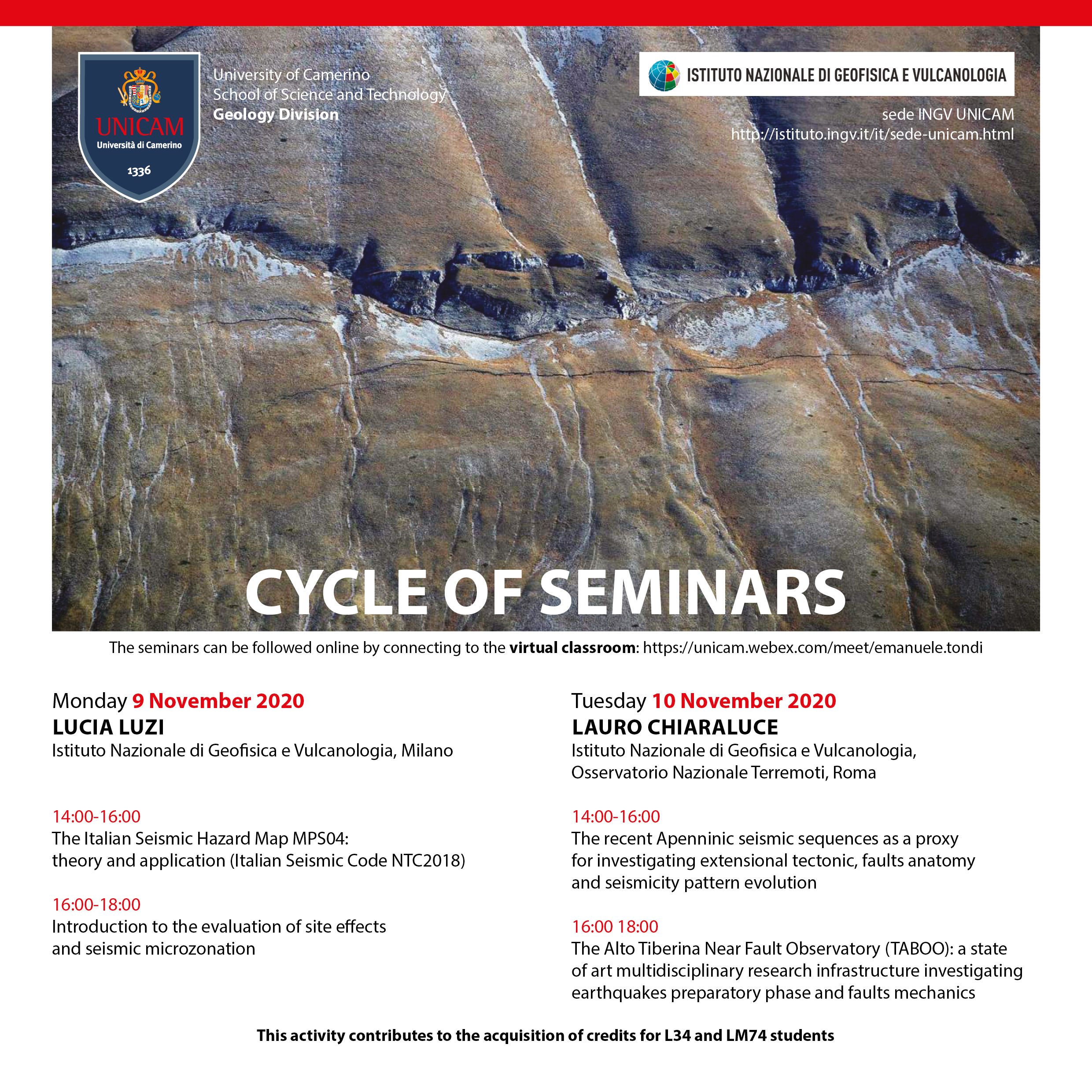
WEBINAR 15 APRILE ORE 12:00 - Aula virtuale: https://unicam.webex.com/meet/emanuele.tondi
Il modello di pericolosità sismica MPS04 sedici anni dopo: successi e critiche
Il modello di pericolosità sismica MPS04 ha rappresentato un elaborato innovativo nel campo della sismologia applicata alla valutazione e riduzione del rischio sismico. Anche se il prodotto più noto è la “mappa di pericolosità sismica”, rilasciata da INGV nel 2004 per favorire l’aggiornamento della classificazione sismica da parte delle Regioni, l’utilizzo principale dei dati del modello è avvenuto come base per la definizione degli spettri di progetto della normativa NTC08 e NTC18. In questo seminario verranno brevemente ricordati contesti, scopi e modalità di compilazione del modello e verranno analizzate alcune delle critiche più ricorrenti.
Massimiliano Stucchi
Massimiliano Stucchi, sismologo, è stato ricercatore e poi dirigente di ricerca al CNR e all’INGV, dove ha diretto la Sezione di Milano. I principali settori di ricerca hanno riguardato lo studio e la parametrizzazione dei dati storici dei terremoti e la valutazione della pericolosità sismica a fini di normativa e valutazione del rischio. In questi settori ha coordinato progetti di ricerca nazionali e internazionali per la compilazione di cataloghi e database sismologici; in particolare ha coordinato i lavori per la compilazione del modello di pericolosità sismica MPS04. In pensione dal 2012, collabora con la Fondazione Eucentre di Pavia e con la Sezione di Bologna dell’INGV.
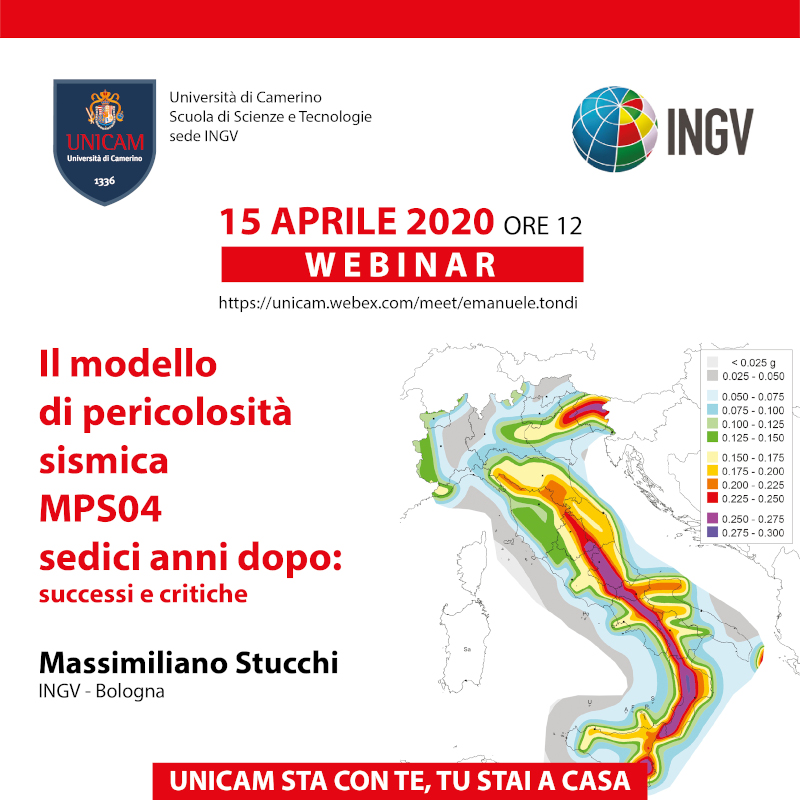
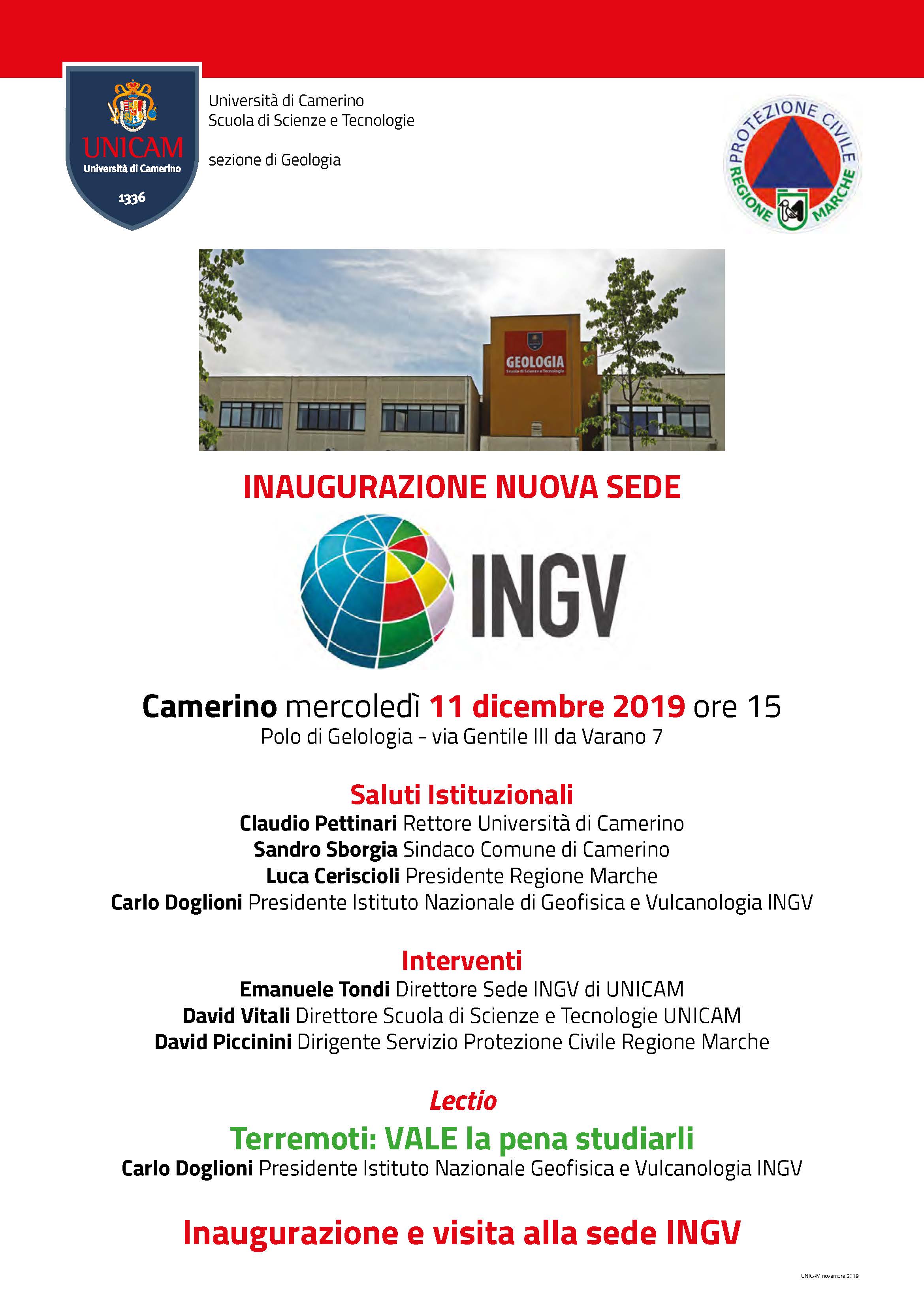
Pubblicazioni
A DATABASE OF THE COSEISMIC EFFECTS FOLLOWING THE 30 OCTOBER 2016 NORCIA EARTHQUAKE IN CENTRAL ITALY.
Villani F., Civico, R., Pucci, S., Pizzimenti, L., Nappi, R., De Martini, P.M. and the Open EMERGEO Working Group 2018.
Nature Sci. Data 2018, 5:180049; https://doi.org/10.1038/sdata.2018.49
SURFACE RUPTURES FOLLOWING THE 30 OCTOBER 2016 MW 6.5 NORCIA EARTHQUAKE, CENTRAL ITALY Civico, R., Pucci, S., Villani, F., Pizzimenti, L., De Martini, P.M., Nappi, R., & the Open EMERGEO Working Group
Journal of Maps, 2018, 14, 151-160, https://doi.org/10.1080/17445647.2018.1441756
STRAIN MONITORING OF ACTIVE FAULTS IN THE CENTRAL APENNINES (ITALY) DURING THE PERIOD 2002–2017
Stemberk, J., Dal Moro, G.C., Stemberk, J., Blahůt, J., Coubal, M., Košťák, B., Zambrano, M., Tondi, E.
Tectonophysics, 2019, 750, 22-35, https://doi.org/10.1016/j.tecto.2018.10.033
SURFACE FAULTING DURING THE AUGUST 24, 2016, CENTRAL ITALY EARTHQUAKE (MW 6.0): PRELIMINARY RESULTS
Livio, F., Michetti, A.M., Vittori, E., Gregory, L., Wedmore, L., Piccardi, L., Tondi, E., Roberts, G., Central Italy Earthquake Working Group.
Annals of Geophysics, 2016, 59, (FASTTRACK5). https://doi.org/10.4401/ag-7197
ACCUMOLI EARTHQUAKE: SURFACE FAULTING AND DEEP-SEATED GRAVITATIONAL SLOPE DEFORMATION (DSGSD) IN THE MONTE VETTORE AREA
Aringoli, D., Farabollini, P., Giacopetti, M., Materazzi, M., Paggi, S., Pambianchi, G., Pierantoni, P.P., Pistolesi, E., Pitts, A., Tondi, E.
Annals of Geophysics, 59, (FASTTRACK5). https://doi.org/10.4401/ag-7199
Bandi
2020 Call for PhD applications
The 2020 Call for admission is now open for Doctoral degree programs
Deadline for applications: July 27, 2020
To apply, you have to fill the application form available at: https://vele.unicam.it/CallforApplication
3 SCHOLARSHIPS to carry out research activities at the INGV Division of Unicam
1. Broadband, high-sensitivity devices for environmental monitoring
Tutor: Prof. Fabio Marchesoni (Scuola Scienze e Tecnologie, 02-Fisica, FIS/03).
Co-Tutors: Prof. Gilberto Pambianchi (Unicam); Dr. Flavio Travasso (Unicam).
Interdisciplinary project for the prototyping and testing of a new class of multipurpose mechanical sensors for civil applications (accelerometers, gravimeters, inclinometers, etc.), characterized by enhanced broad-band sensitivity at low frequency. The project aims at developing a new type of platform based on concepts first introduced in the context of gravitational wave interferometry. Hardware improvements will revolve around four main tasks: (i) customized design for civil applications; (ii) selection of optimal fabrication materials; (iii) prototyping and on-site testing; and (iv) miniaturization.
As a first proof-of-concept of this strategy, we propose to monitor ongoing geomorphological processes, like those triggered by the earthquake that struck our community in 2016, or to assess the risks associated with the hydrogeological instability (e.g., landslides) of our region. In particular, we will test this new generation of mechanical sensors by monitoring the stability and deterioration of human artefacts (like residential buildings, bridges, dams, and historical heritage sites) against aging and environmental changes.
The main stakeholders of this initiative are, besides the agencies funding fundamental research in Italy and abroad, the policy-makers and cultural operators in charge of the post-seism reconstruction effort and, possibly, SME’s interested in developing and commercializing new high-precision instrumentation.
2. Shock features in major and accessory minerals due to impact vs. tectonic processes
Tutor: Prof. Gabriele Giuli (Scuola Scienze e Tecnologie, 04-Scienze della Terra, GEO/06)..
Co-Tutors: Dr. Lidia Pittarello (Museo di Storia Naturale di Vienna); Prof. Giovanni Pratesi (Unifi).
High strain-rate deformations can cause in situ melting of rocks, with the formation of nano- or micro-veins of pseudotachilites. On Earth, pseudotachilites are formed as a result of meteorite impacts, large landslides, and earthquakes. Recent studies have shown that the study of zircons microstructures could provide indications to distinguish pseudotachilites formed during meteorite impacts from those formed during earthquakes. Sede INGV UNICAM http://istituto.ingv.it/it/sede-unicam.html
In this project, several microstructures indicating shocks in minerals commonly used to provide indications on the degree of shock achieved during meteorite impact events will be studied; and the potential application of some microstructures in the same minerals will be assessed in the study of seismic pseudotachilites or by large landslides.
The shock features of minerals such as feldspar, quartz, zircons, apatites and quartz, will be studied in Earth impact breccias, shocked rocks, impact veins in meteorites, and pseudotachilites. Some of these minerals have shown shock features also in natural samples taken from seismic pseudotachilites, or in experimental samples simulating friction melting conditions. Laboratory experiments will also be carried out in order to reproduce the formation of pseudotachilites and then study the shock features in the minerals present within the pseudotachilite.
The data obtainable as part of this research project will be useful to provide information on the peak of stress to which the pseudotachilites related to fossil earthquakes have been subjected. These data may have implications for the study of past seismicity in selected geographical areas where pseudotachilites are found.
3. Fault interaction and the evolution of seismicity: the case study of the Central Apennines Fault System (CAFS)
Tutor: Prof. Emanuele Tondi (Scuola Scienze e Tecnologie, 04-Scienze della Terra, GEO/03).
Co-Tutor: Dr. Aybige Akinci (INGV-Roma)
Descrizione: Fault interaction and fault-growth by segment linkage represent fundamental processes controlling the evolution, in both time and the space, of fault systems. The type of interaction between faults and the rate at which faults reactivate not only control the long-term tectonic evolution of an area, but also influence seismic hazard, as earthquake recurrence intervals tend to decrease as fault slip rate increases. Furthermore, short-term interaction may generate larger and/or multiple earthquakes.
The Central Apennines Fault System (CAFS) is an interactive active fault system, extending along the central Apennines in a north-south direction for a length of ca. 100 km and ca. 50 km of width. From 1997 to 2016, the entire fault system was activated along its length, thus providing the unique opportunity to verify the seismic hazard estimated by geological and paleoseismological studies. A meaningful comparison may now be carried out considering the seismological data provided, in particular, by the 2009-L’Aquila (Mw=6.3) and the 2016-Amatrice-Visso-Norcia (Mw max=6.5) earthquakes.
Based on high-resolution seismological data, together with the geological surveys carried out prior and after the recent seismic sequences, the objectives of the proposed research is to better understand the interaction processes between active faults (long-term) and earthquakes (short-term) within an active fault system and their control on the seismic cycle of faults, with implications for time-dependent seismic hazard evaluations.


